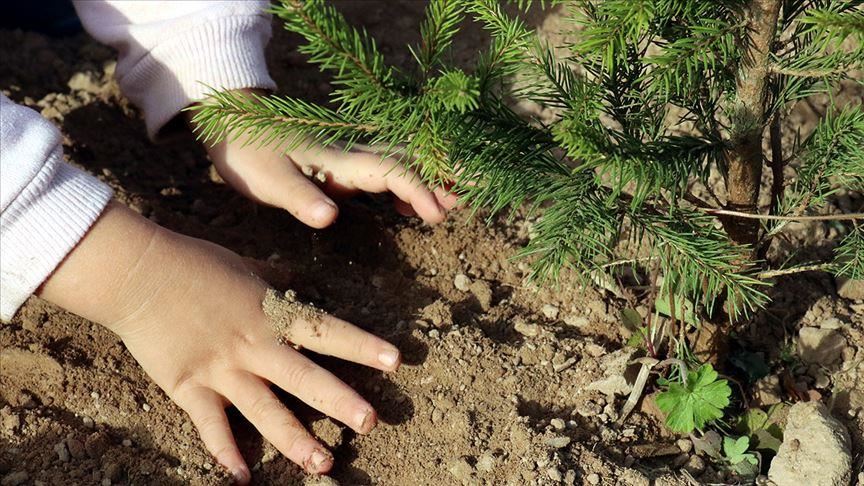Grade: 5
Course: Science
Curricular Content: The nature of sustainable practices around BC’s resources.
Time of Year: Spring (April/May/June)
Prior to going on the field trip, I would invite Jonathan Large to come in and speak with the class about the benefits of forest fire and why we often see prescribed burns happening around us. Jonathan is a Fire Management Officer for the Kootenay National Park, and was a guest speaker in my Environmental Science last year. He spoke about the benefits of forest fires. His presentation was VERY good; he had an engaging PowerPoint presentation and tied in many personal experiences. He even incorporated how they (the Government) were working closely with Indigenous Knowledge Holders to sustainably care for the land. I think children, particularly those raised in the Kootenays, will feel a deep connection with the topic as we are all very aware of the dangers of forest fires, but rarely hear of the benefits.
After Jonathan’s presentation, I would discuss logging practices in BC. I would have students go home and talk about what logging was like back in “their day”. We would learn the different types of logging and discuss some of BC’s other natural resources. After all this, I would plan the field trip.
I would connect with Galloway Lumber’s Silviculturist, Brendan Yuill, in the later months of winter to organize a time and location where the students could meet up with him and potentially one of his tree planters. We would, hopefully, be able to find a location that we, as a class, could meet him and, if all goes well, watch the tree planters restock a cut-block after being harvested. Brendan could explain the process that Galloway goes through when deciding what trees to log, when to log them, and how to get that area back to a forest. The students could then each plant a tree in the cut-block prior to returning home. He could, also, explain what happens after a forest fire comes through an area that they are responsible for. Do they plant it or just leave it? (Hint: They plant it)
On the drive home, we would have a “debrief” discussion. What did the students learn? What were they surprised to see? What do they want to learn more about?
My hope is that by taking students out on location, they would be able to get a real sense of “the big picture” of the logging industry – an industry that employs so many around us.
CROSS-CURRICULAR OPPORTUNITIES:
(For more details/ideas, check out my Pinterest board here: https://pin.it/IHjts4O)
Math – fractions (ie: What fraction of the new trees are pine? What fraction are larch?), multiplication and division (ie: If each tree planter plants approximately 400 trees today, how many days will it take them to finish this block?), estimation (How many trees were here before the fire? How long ago was the area logged?)
Career Education – discuss some of the careers involved with the logging industry.
Art – transfer photos of students planting trees onto wood rings
Applied Design, Skills & Technology – bake pinwheel cookies that look like a tree ring.
English Language Arts –

mtank October 31, 2022
Kim, I am absolutely loving your free inquiry project!! So unique and I can definitely see the future benefits for you. I love the way your posts are laid out, super easy to follow along!
I am a HUGE science nerd so this field trip definitely stuck out to me! I love the idea of showing students first hand the process of replenishing our forests after wild fires and touching on the benefits of why we actually do need them. I feel that letting the students have an opportunity to plant their very own tree is such a great idea! It allows them to build a connection to the earth and gives them a better understanding of why we do the things we do to keep our Earth happy!
Awesome work. I am so excited to see the other field trips you come up with! 🙂
– Morgan